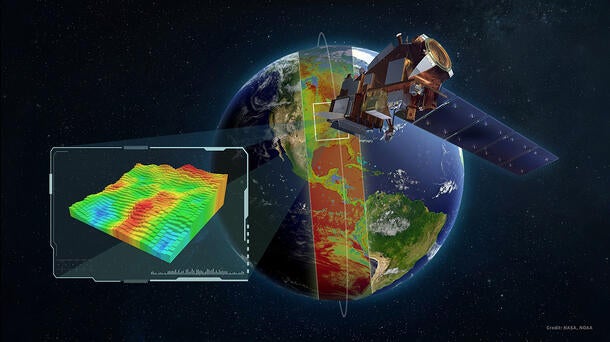On Nov. 10, 2022, the National Oceanic and Atmosphere Association (NOAA) successfully launched the JPSS-2 satellite from Vandenberg Air Force Base, California.
As an industry leader with a 60-year heritage of advancing weather forecasting alongside NOAA and NASA, L3Harris has a rich history of designing and building mission-critical weather sensors and ground systems. In addition, L3Harris transmitters enabled downlink of the inaugural space-based weather image from the first successful weather satellite in 1960, and since then we have continued to develop innovative weather solutions that provide potentially life-saving data.
Today, CrIS is an essential component of the JPSS-2 and the first operational U.S. hyperspectral sounder. CrIS is planned to fly on all five JPSS satellites and was onboard Suomi-NPP and JPSS-1, which launched in 2011 and 2017.
Often credited as the lifeblood of medium-range, three-to-seven-day forecasts, CrIS provides detailed temperature and moisture data that dramatically improves the accuracy of weather models, especially for extreme weather forecasts. The instrument is an interferometer-based system collecting more than 2000 spectral channels. CrIS also scans a 2,200 kilometer swath width with 30 Earthscene views. Each view consists of nine fields of view (FOVs) with 14-kilometer diameter spots in a 3x3 array providing a highly detailed data set of the atmosphere around the globe.




